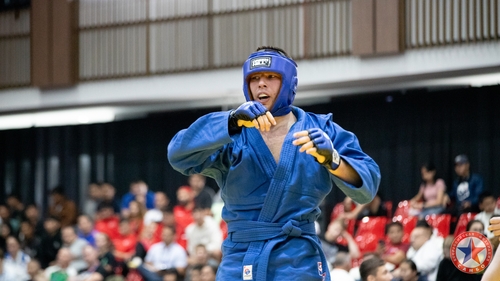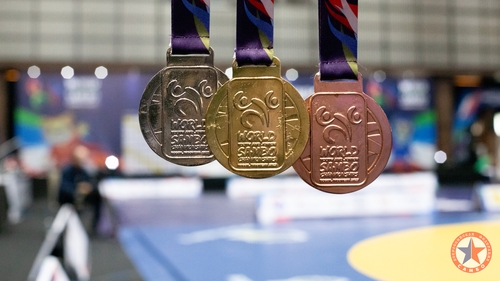
From October 3 to 5, the World Youth Sambo Championships for boys, girls, juniors, and junior girls took place, bringing together the best young athletes from Europe and other regions of the world.
The tournament took place in a lively and dynamic sporting atmosphere, demonstrating the high level of development of sambo and the growing competition among the younger generation.
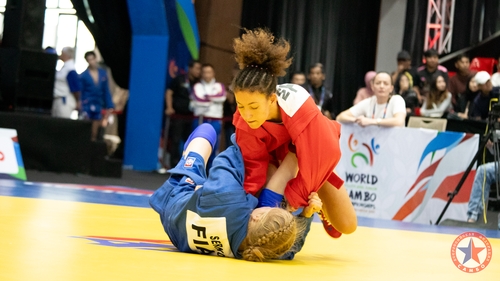
The competition was attended by 371 athletes from 34 countries, who competed for 38 sets of medals in two age categories. For many young sambo wrestlers, this championship was their first experience of participating in a world-class competition, and for coaches and national federations, it was an important stage in analyzing training and building future development programs.
At the end of the tournament, the FIAS-1 team, under whose flag the sambo wrestlers from Russia competed, took a confident first place in the unofficial team standings.
The athletes won 34 medals, including 28 gold, 4 silver, and 2 bronze.
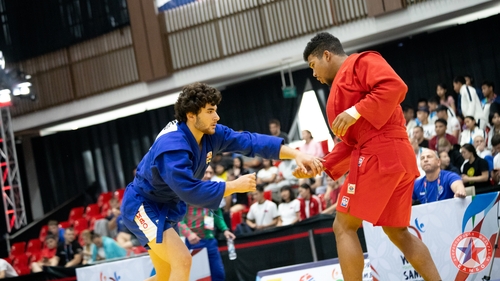
Many finals were won by FIAS-1 athletes, who demonstrated not only technical skill, but also a deep understanding of tactics, the ability to adapt to their opponents’ style, and the ability to maintain concentration at crucial moments.
In second place was the FIAS-2 team, which included representatives from Belarus. The sambo wrestlers of this team won six medals — two gold, three silver, and one bronze — confirming the high level of the Belarusian sambo school, known for its powerful and technical fighting style.
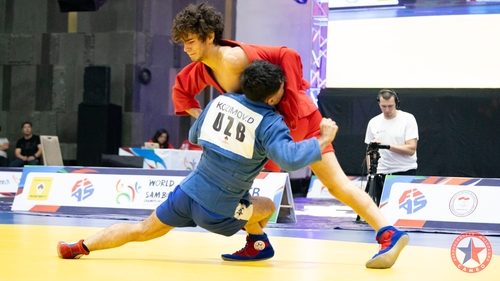
The Armenian team took third place in the unofficial standings, demonstrating consistent and effective performances. Armenian athletes won eight medals: one gold, two silver, and five bronze. Armenian sambo wrestlers particularly stood out in the 64 kg and 79 kg weight categories, where they were able to pose serious competition to the leaders.
European countries traditionally play a key role in the development of world sambo, and the results of this Championship clearly confirm this.
Seventeen European countries took part in the competition, which testifies to the widespread popularity and steady growth in the level of training of athletes across the continent.
Medal count among European countries:
FIAS-1 — 28 gold / 4 silver / 2 bronze
FIAS-2 — 2 gold / 3 silver / 1 bronze
Armenia — 1 gold / 2 silver / 5 bronze
Bulgaria — 1 gold / 2 bronze
Ukraine — 3 silver / 13 bronze
Spain — 2 silver
Georgia — 1 silver / 10 bronze
Azerbaijan — 1 silver / 2 bronze
Romania — 2 bronze
France — 1 bronze
Turkey — 1 bronze
Netherlands — 1 bronze
Moldova — 1 bronze
Representatives from 13 European national teams made it onto the medal list, which indicates growing competition and the development of national federations in countries where sambo was recently considered a young discipline.
The world championship became not only an arena for sporting achievements, but also a platform for coaches and federation leaders to exchange experiences.
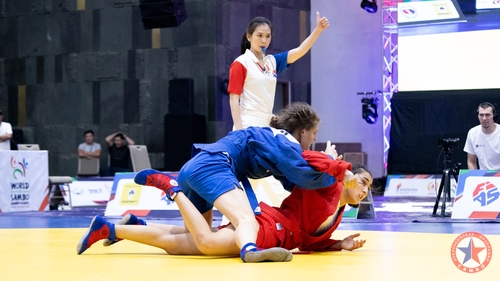
The event confirmed that European sambo is on the rise: federations are actively developing domestic championships, the number of children’s schools is growing, coaches are introducing modern teaching approaches, and young athletes are increasingly making their mark on the international stage.
The results of the tournament showed that sambo continues to be a unique sport that combines tradition, intellectual components, and educational value.
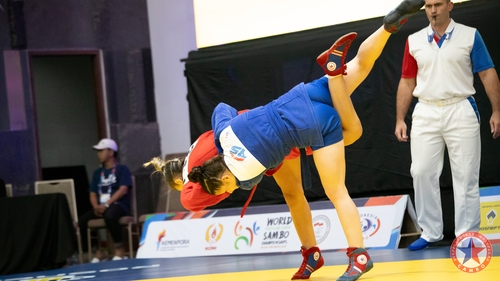
For the young participants, these competitions were an important step on the path to adult sport, and for the entire European sambo family, they were further confirmation of their unity and common goal: to strengthen sambo’s position on the international stage.


